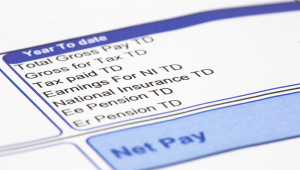The National Audit Office found that, of the £1,986bn liabilities on the government’s balance sheet in 2015-16, £1,261bn was debt from borrowing.
This was equivalent to £47,000 per household. In total, £222bn has been spent on debt interest since 2009-10.
But the watchdog noted that uncertainty around revenue and spending, as well as economic and policy changes, had a considerable impact on borrowing levels.
For instance, in last year’s autumn statement, the Treasury asked the Debt Management Office to raise an additional £21bn for the final quarter of 2016-17.
This was because of delays to planned asset sales set out in the March 2016 Budget.
“This illustrates the challenge the government faces in managing its asset portfolio and predicting the timing and impact of cash raised from sales,” the NAO said.
“Managing the public finances has become more difficult since the financial crisis and as the range and complexity of assets and liabilities that the government has to manage alongside its spending commitments has increased.”
Work to analyse the government’s balance sheet and manage fiscal risk was only at an early stage, the auditors noted.
NAO head Amyas Morse said: “Put simply, public and private borrowing are high, kept affordable by record low interest rates, and quantitative easing continues 10 years after the crisis it responded to.
“There are significant risks to the public finances and any unexpected developments, potentially including consequences of leaving the EU, could exacerbate them.
“In these circumstances, the Treasury needs to constantly monitor these risks and be ready to react quickly and flexibly.”
Brexit and the tailing off of quantitative easing meant Treasury borrowing forecasts would need to be more sensitive, the auditors said.
They also highlighted the risk of inflation given the increased proportion of index-linked gilts in the government’s debt portfolio. These have increased from 24% of debt in 2009 to 34% in 2017.
A 1% increase in inflation could increase debt costs by £26bn, according to Office for Budget Responsibility estimates.
Higher-than-average maturities on index-linked gilts means the government is exposed to this risk for longer, the NAO said.











